Find Help
More Items From Ergsy search
-
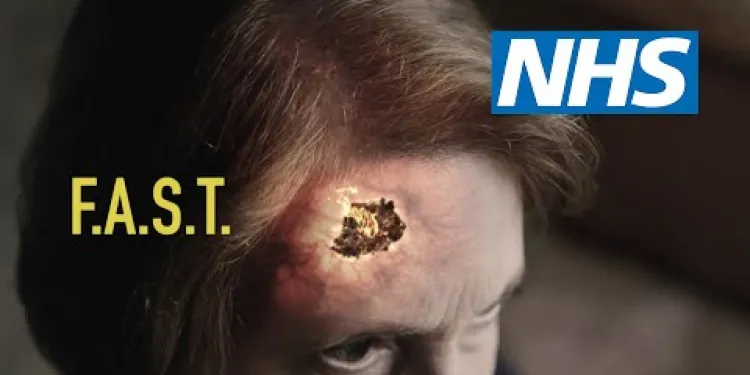
When Stroke Strikes Act F.A.S.T. | NHS
Relevance: 100%
-

Assessing the stroke patient
Relevance: 60%
-
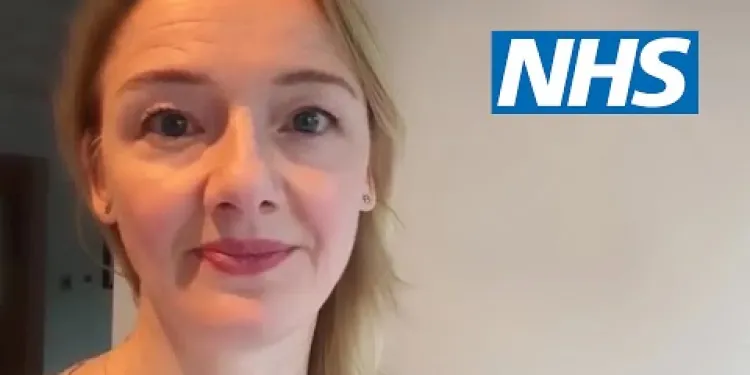
NHS Here for You – Stroke
Relevance: 56%
-

Gaining consent from stroke patients
Relevance: 44%
-
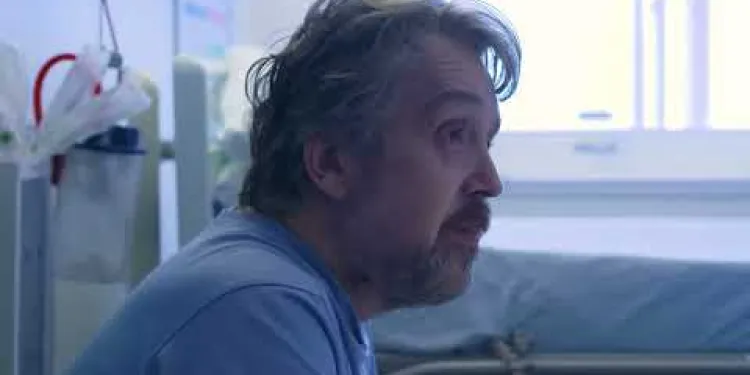
NHS Forth Valley’s Stroke Team
Relevance: 42%
-
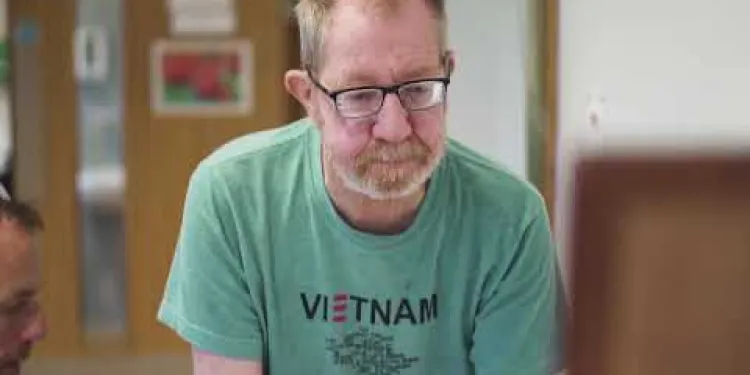
Vale Stroke Unit
Relevance: 42%
-
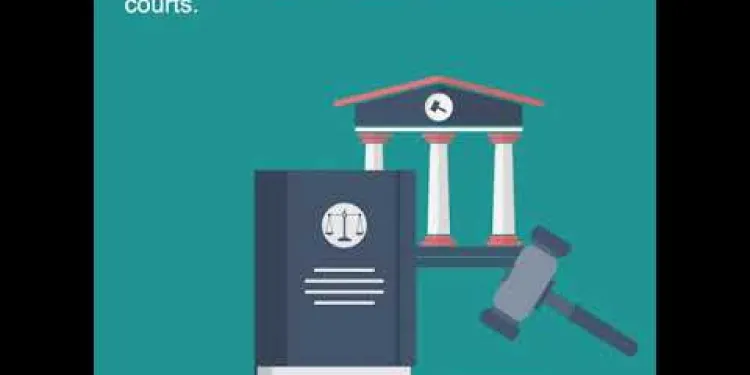
The Human Rights Act
Relevance: 38%
-

Stroke - Speech and Language Therapist's Experience
Relevance: 38%
-
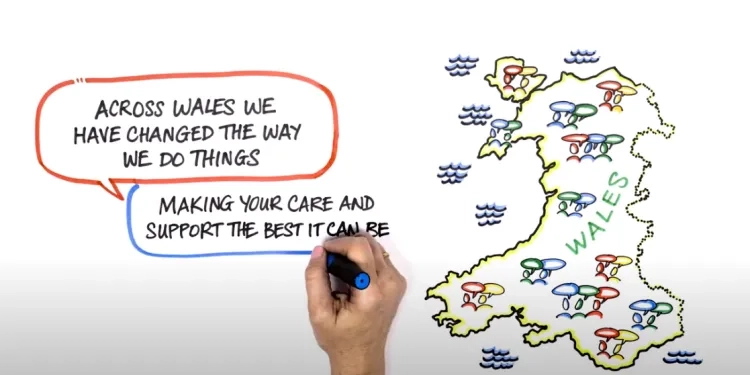
Social Services and Well-being (Wales) Act: Assessments
Relevance: 31%
-

Children Act 1989 section 20 - Legislation
Relevance: 29%
-
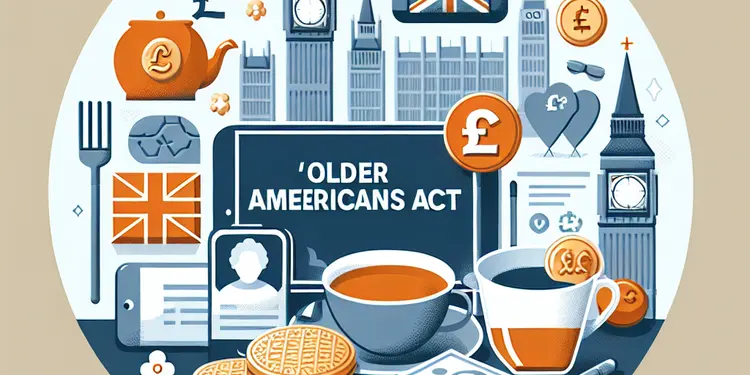
What is the Older Americans Act and how does it help seniors?
Relevance: 29%
-

What are the signs of heat exhaustion?
Relevance: 19%
-
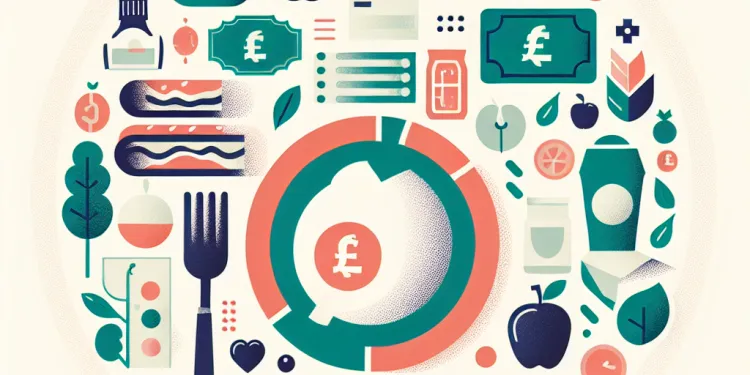
Are there any dietary restrictions before a C-section?
Relevance: 17%
-
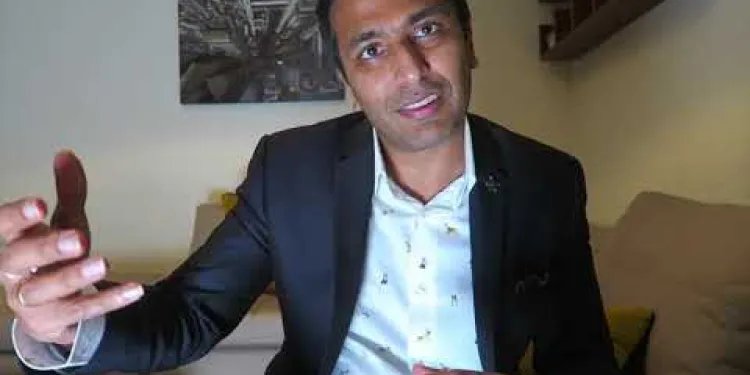
Is my abnormal heart rhythm dangerous?
Relevance: 16%
-
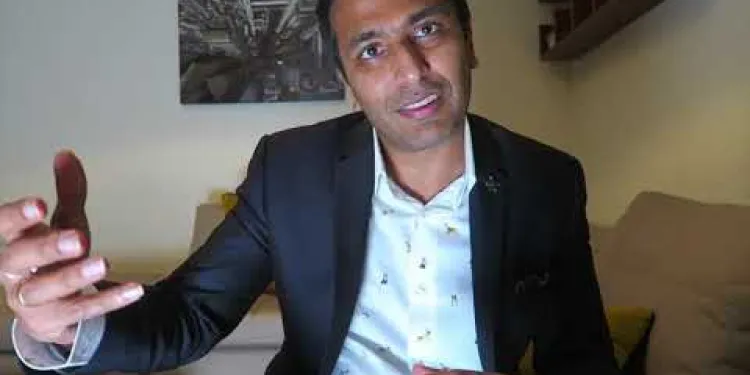
Is my abnormal heart rhythm dangerous?
Relevance: 16%
-
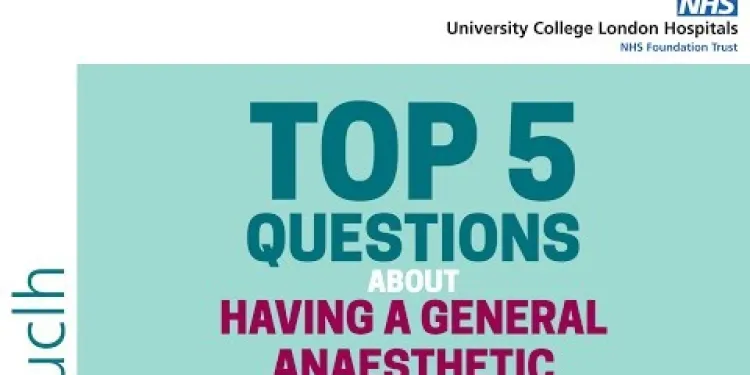
Top 5 questions about having a general anaesthetic
Relevance: 15%
-

How is Type 2 Diabetes diagnosed?
Relevance: 14%
-
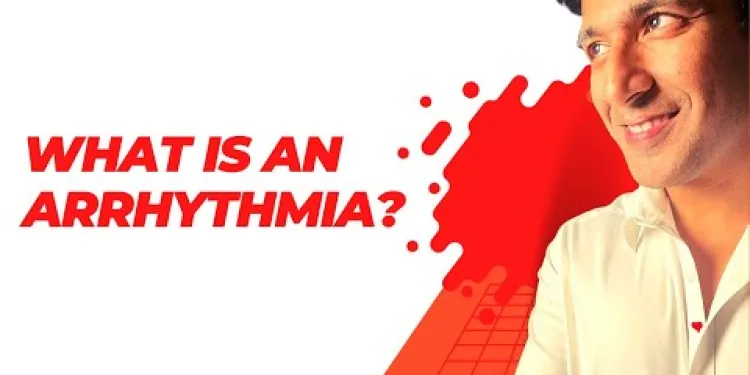
What exactly is an arrhythmia?
Relevance: 14%
-

Can staying in a car during a heatwave be dangerous?
Relevance: 14%
-
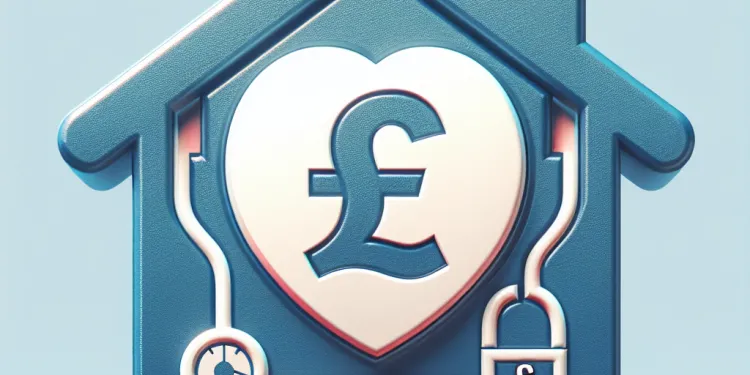
What are the risks of having high blood pressure?
Relevance: 14%
-

Understanding the Impact of the UK's New Domestic Abuse Legislation
Relevance: 13%
-

What is XRP?
Relevance: 12%
-

Can high blood pressure lead to other health problems?
Relevance: 12%
-
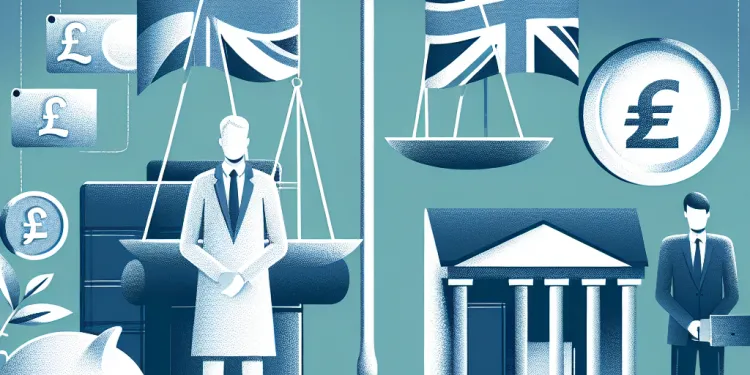
Understanding the New Domestic Abuse Laws in the UK
Relevance: 12%
-

What topics are covered in a first aid course?
Relevance: 12%
-

Are chiropractic treatments safe?
Relevance: 12%
-
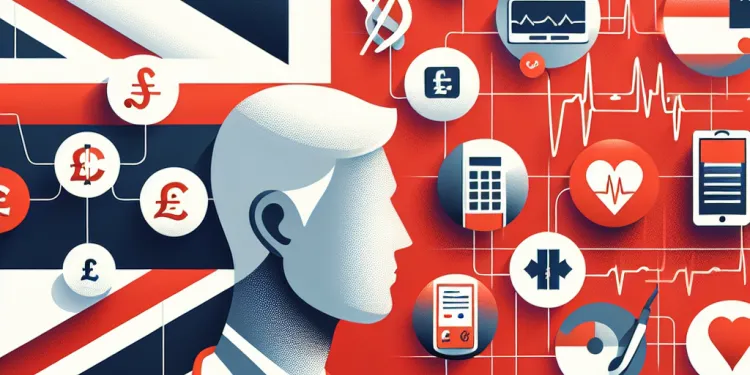
What are the complications of sickle cell disease?
Relevance: 11%
-
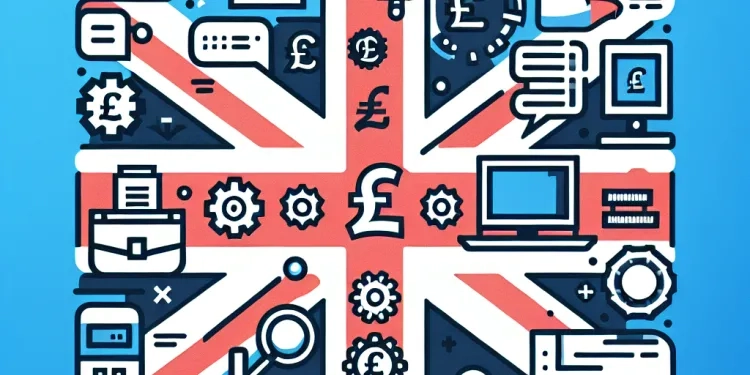
Are there specific laws governing SEND in schools?
Relevance: 11%
-
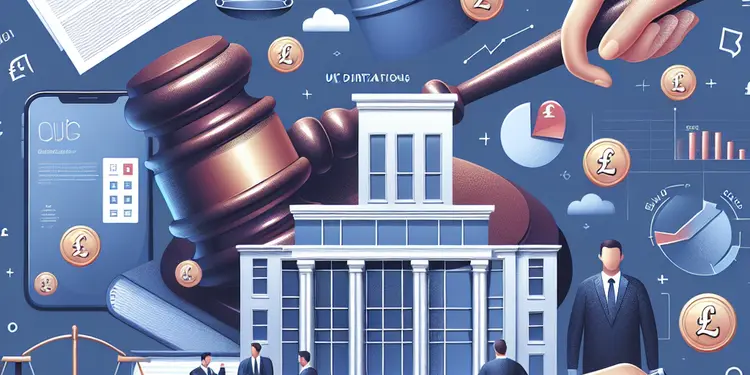
What legal obligations do directors have during a dispute?
Relevance: 11%
-

Joan's story - Aphasia Awareness
Relevance: 11%
-
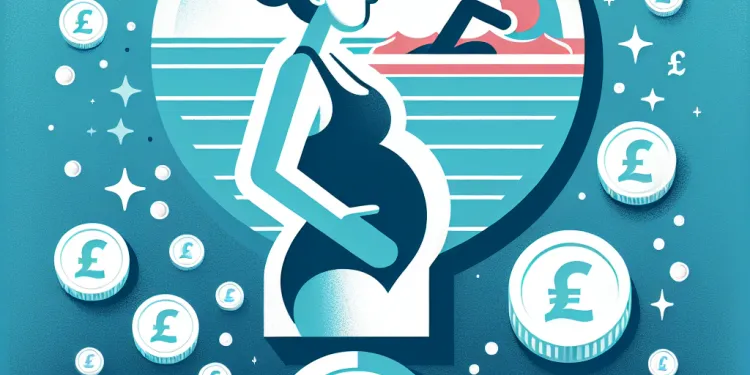
Is swimming a good exercise during pregnancy?
Relevance: 11%
-
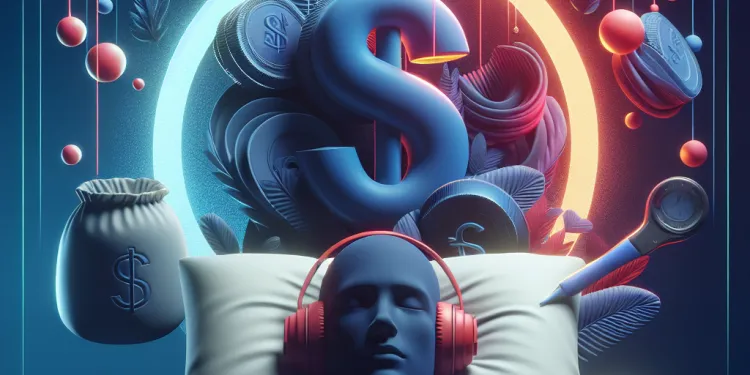
Why is sleep apnea dangerous?
Relevance: 10%
-
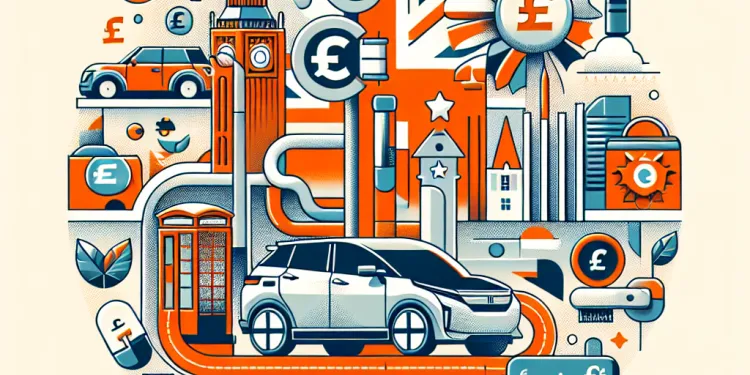
Are there electric vehicles from Honda available in the UK?
Relevance: 10%
-
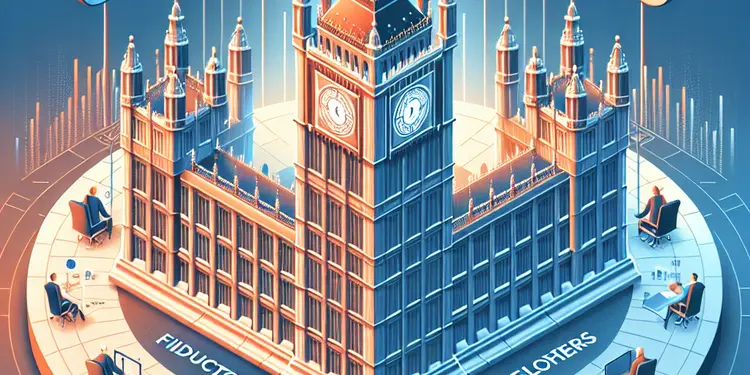
What is the fiduciary duty of directors to shareholders?
Relevance: 10%
-
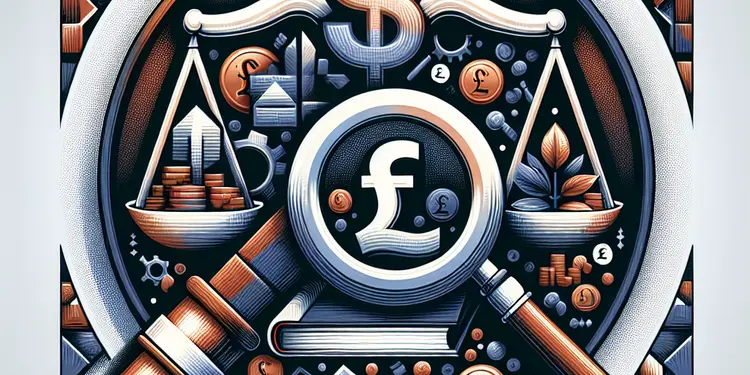
What role does intent play in offences of dishonesty?
Relevance: 10%
-
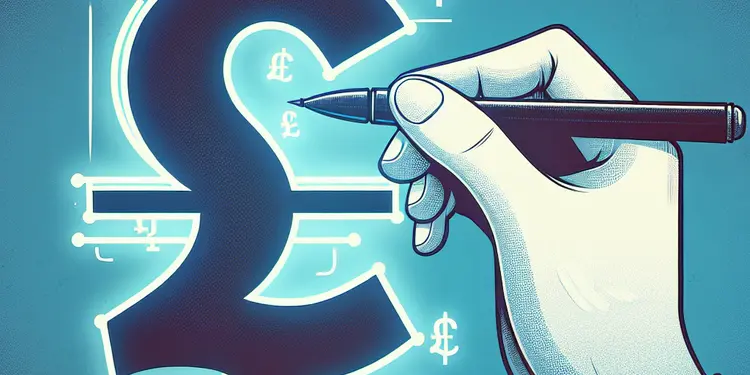
Can forgery be considered an offence of dishonesty?
Relevance: 10%
-

What is the role of cortisol in metabolism?
Relevance: 10%
-

Cardiac Physiology Walkthrough
Relevance: 10%
-
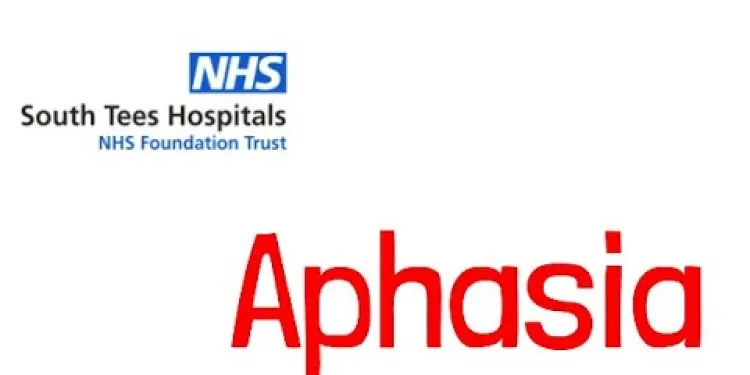
South Tees NHS - What is aphasia and how can you help?
Relevance: 10%
-

What is bribery?
Relevance: 9%
When Stroke Strikes Act F.A.S.T. | NHS
Understanding Stroke
A stroke is a serious medical emergency that occurs when the blood supply to part of the brain is cut off. Without proper blood flow, brain cells start to die, leading to brain damage and potentially life-threatening complications. Recognising the signs of a stroke and acting quickly are crucial to improving outcomes. The NHS recommends using the F.A.S.T. acronym to help identify stroke symptoms and respond promptly.
What Does F.A.S.T. Stand For?
The F.A.S.T. acronym stands for Face, Arms, Speech, and Time. It is designed to help you remember and identify the key symptoms of a stroke:
- Face: Ask the person to smile. Check if one side of the face droops.
- Arms: Ask the person to raise both arms. Does one arm drift downward?
- Speech: Ask the person to repeat a simple sentence. Are the words slurred, or is the speech strange?
- Time: If you observe any of these signs, it's time to call emergency services immediately. Dial 999 and ask for an ambulance.
Why Acting F.A.S.T. is Critical
Every minute counts when someone is having a stroke. The longer the brain is deprived of blood, the more damage occurs. Immediate medical intervention can significantly reduce the risk of severe disability or death. Emergency treatment aims to restore blood flow to the brain as quickly as possible, either through medication or surgical procedures.
Preventing Stroke
While it’s vital to act fast in the event of a stroke, prevention is equally important. Lifestyle choices such as a balanced diet, regular exercise, and avoiding smoking can reduce your risk. For those with underlying conditions like high blood pressure or diabetes, managing these effectively can also help prevent strokes.
Getting Support and Further Information
The NHS provides a wealth of resources to help you understand stroke prevention, treatment, and recovery. If you or a loved one has experienced a stroke, rehabilitation services and support groups can offer invaluable assistance. For more information, visit the NHS website or consult your local healthcare provider.
Conclusion
Recognising the signs of a stroke and acting F.A.S.T. can make a significant difference in the outcome. By understanding and using the F.A.S.T. acronym, you can help save lives and improve recovery rates. Remember, when stroke strikes, every second matters.
When Stroke Strikes Act F.A.S.T. | NHS
Understanding Stroke
A stroke is a serious emergency when blood stops reaching part of the brain. This can cause brain damage. Acting quickly can help. The NHS uses F.A.S.T. to help you remember what to do.
What Does F.A.S.T. Stand For?
F.A.S.T. helps you spot a stroke:
- Face: Ask the person to smile. Check if one side of the face drops.
- Arms: Ask the person to lift both arms. See if one arm goes down.
- Speech: Ask the person to say a simple sentence. Listen for slurred words or strange speech.
- Time: If you see any of these signs, call 999 for an ambulance right away.
Why Acting F.A.S.T. is Critical
Every minute counts during a stroke. Quick treatment can stop more damage to the brain. The doctor will try to get blood back to the brain fast. They might use medicine or surgery.
Preventing Stroke
Stopping strokes before they happen is important too. Eat healthy food, exercise, and don’t smoke. If you have high blood pressure or diabetes, control these well to lower your risk.
Getting Support and Further Information
The NHS has lots of help to understand strokes. If you or someone you know has had a stroke, they can support you. Look for information on the NHS website or speak to your doctor.
Conclusion
Knowing the signs of a stroke and acting F.A.S.T. can save lives. Using the F.A.S.T. steps helps people recover better. Remember, every second counts in a stroke emergency.
Frequently Asked Questions
What does F.A.S.T. stand for?
F.A.S.T. stands for Face, Arms, Speech, Time. It's a simple test to help diagnose the most common symptoms of a stroke.
What are the signs of a stroke?
The main signs of a stroke can be remembered with F.A.S.T.: Face drooping, Arm weakness, Speech difficulties, and Time to call emergency services.
What should I do if I suspect someone is having a stroke?
If you suspect someone is having a stroke, call 999 immediately and explain the situation. Acting quickly can help reduce the damage caused by the stroke.
Why is time crucial when dealing with a stroke?
Time is crucial because the sooner the person receives treatment, the better their chances of recovery. Delaying treatment can result in more severe brain damage.
Can younger people have strokes?
Yes, while strokes are more common in older adults, they can happen to anyone at any age, including children and young adults.
What can I do to reduce the risk of having a stroke?
To reduce the risk of stroke, maintain a healthy lifestyle with a balanced diet, regular exercise, no smoking, and managing conditions like high blood pressure and diabetes.
What are the types of strokes?
The two main types of strokes are ischemic strokes (caused by a blockage) and hemorrhagic strokes (caused by bleeding in the brain).
Can strokes be prevented?
While not all strokes can be prevented, many can be avoided through lifestyle changes and managing risk factors like high blood pressure, atrial fibrillation, and cholesterol levels.
Is a transient ischemic attack (TIA) the same as a stroke?
A TIA, often called a 'mini-stroke,' has the same symptoms as a stroke but usually lasts only a few minutes and does not cause lasting damage. However, it is a warning sign for a possible future stroke.
What are the common risk factors for having a stroke?
Common risk factors include high blood pressure, smoking, obesity, diabetes, high cholesterol, atrial fibrillation, and a family history of stroke.
How is a stroke diagnosed?
Strokes are diagnosed through a combination of physical examinations, brain imaging techniques like CT scans or MRIs, and assessments of symptoms.
What treatments are available for stroke?
Treatment depends on the type of stroke but may include medications to dissolve clots, surgery, and rehabilitation therapies such as physiotherapy, speech and language therapy, and occupational therapy.
How can recovery from a stroke be improved?
Recovery can be improved through early treatment, rehabilitation, and support from healthcare providers, family, and support groups.
Can lifestyle changes after a stroke prevent another one?
Yes, adopting a healthier lifestyle with regular exercise, a balanced diet, quitting smoking, and managing medical conditions can help prevent another stroke.
What support is available for stroke survivors in the UK?
In the UK, stroke survivors can access support through the NHS, stroke support groups, and charities such as the Stroke Association, which offer resources and help with rehabilitation.
What does F.A.S.T. mean?
F.A.S.T. helps you remember what to do if someone's face, arm, or speech look wrong. The letters stand for:
- F - Face: Is their face drooping on one side?
- A - Arms: Can they lift both arms?
- S - Speech: Is their speech slurred or strange?
- T - Time: Call for help fast!
You can write the letters down or use a poster to remember.
F.A.S.T. means Face, Arms, Speech, Time. It is an easy test to see if someone might have a stroke.
What are the signs of a stroke?
A stroke can happen when blood stops going to part of the brain. Here are some signs:
- A face that droops on one side.
- Weakness or numbness in an arm or leg, especially on one side.
- Having trouble speaking.
If you see any of these signs, call for help right away.
You can use pictures or videos to help understand these signs better.
Stroke Signs: F.A.S.T.
There are some important signs to look for if someone is having a stroke. You can remember them with the word F.A.S.T.:
- F - Face drooping: One side of the face might droop or look uneven.
- A - Arm weakness: One arm might feel weak or numb. It could be hard to lift it.
- S - Speech difficulties: The person might have trouble talking or their words might sound funny.
- T - Time: It's time to call emergency services. Get help right away!
You can use pictures or apps to help you remember these signs. Drawing a face and arms can help, too!
What to do if you think someone is having a stroke?
If you think someone is having a stroke, do these things:
- Call for help by dialing emergency services. In many places, this is 911.
- Stay calm and talk to the person. Let them know help is coming.
- Remember: acting fast can save a life!
You can use a timer or watch to know how long the symptoms last. This is helpful for the doctors.
It's important to know the signs of a stroke. You can remember them by the word "FAST":
- Face: Ask the person to smile. Does one side droop?
- Arms: Ask the person to raise both arms. Is one arm weak?
- Speech: Ask the person to repeat a simple sentence. Is the speech slurred?
- Time: If you see any signs, call for help right away!
Tools like picture cards or simple checklists can help remember what to do in an emergency.
If you think someone is having a stroke, call 999 right away and tell them what is happening. Acting fast can help make the stroke less harmful.
Why is time important when someone has a stroke?
A stroke happens when blood can’t get to the brain. This is very bad because the brain needs blood to work. The faster a person gets help, the less damage there will be.
If you think someone is having a stroke, call for help right away. Quick help can save their life and help them get better.
Here are some tips to remember:
- Act FAST. This means: Face, Arms, Speech, Time.
- Face - Ask them to smile. Is one side droopy?
- Arms - Ask them to lift both arms. Does one arm drift down?
- Speech - Ask them to say a simple sentence. Is it slurred or strange?
- Time - If you see any of these signs, call for help fast!
Use a clock or timer to see how fast you act. Writing things down might help.
Time is very important. When someone gets help quickly, they get better faster. Waiting to get help can make the brain hurt more.
Can young people have strokes?
Yes, young people can have strokes too.
Here's what you can do:
- Learn what a stroke is.
- Know the signs of a stroke.
- If you think you see a stroke, call for help fast.
Supportive tools:
- Ask an adult for help if you don't understand.
- Use picture cards to learn about strokes.
- Watch videos made for kids about health.
Yes, strokes can happen to anyone. They are more common in older people, but children and young adults can have them too.
How can I lower the chance of getting a stroke?
A stroke is when blood can't get to your brain. Here are some simple ways to help keep your brain healthy:
- Eat healthy food: Try to eat more fruits and vegetables.
- Stay active: Play and move your body every day.
- Don't smoke: Smoking is bad for your health.
- Visit the doctor: Go for regular check-ups.
- Manage your mood: It's good to talk about your feelings.
If reading is hard, you can try listening to audiobooks or using text-to-speech tools. Remember, it's okay to ask for help when you need it!
To help stop a stroke from happening, you can do these things:
- Eat healthy food.
- Exercise often.
- Do not smoke.
- Take care if you have high blood pressure or diabetes.
These things can keep you strong and healthy.
What kinds of strokes are there?
There are two main kinds of strokes:
1. Ischemic strokes. These happen when something blocks blood from getting to the brain.
2. Hemorrhagic strokes. These happen when bleeding happens in the brain.
If you have trouble understanding, use help like talking to someone, breaking information into smaller parts, or using drawing or pictures to explain.
How can I stop a stroke?
A stroke happens when blood can't get to your brain. Here are some ways to help stop it:
- Eat healthy foods: Eat lots of fruits, veggies, and less junk food.
- Exercise: Move your body every day. Go for a walk or play outside.
- No smoking: Smoking is bad for your health. It's best not to smoke.
- Visit the doctor: Check with your doctor regularly. They can help you stay healthy.
Some more tips:
- Take your medicine: If your doctor gives you medicine, remember to take it.
- Ask for help: If you find things hard to do, ask a friend or family member for help.
Not all strokes can be stopped, but you can help prevent them. You can do this by changing some of your habits and taking care of things like high blood pressure, heart problems, and keeping your cholesterol at a healthy level.
Is a Transient Ischemic Attack (TIA) the Same as a Stroke?
No, they are not the same, but they are similar. A transient ischemic attack (TIA) is like a warning sign. It happens when blood flow to the brain is blocked for a short time. A TIA does not cause permanent damage.
A stroke happens when blood flow to the brain is stopped for a longer time. This can cause lasting harm to the brain.
It is important to get help right away if you think you have a TIA or a stroke.
Helpful tips: You can use pictures or videos to learn more. You can ask a friend or family member to read with you.
A TIA is like a small stroke. It is often called a "mini-stroke." It feels the same as a stroke, but it usually stops after a few minutes. A TIA does not cause long-term harm. But it tells us that a real stroke might happen later. It is important to see a doctor right away if you think you had a TIA.
What can make it more likely to have a stroke?
There are some things that can make it more likely for someone to have a stroke. These things include having high blood pressure, smoking cigarettes, being very overweight, having diabetes, having too much cholesterol in your blood, having a heart problem called atrial fibrillation, and having family members who have had strokes.
How do doctors find out if someone has had a stroke?
Doctors use special tests to check if a person has had a stroke.
One test is called a CT scan. This takes pictures of the brain.
Another test is called an MRI. This also takes pictures but in a different way.
Doctors may also check blood tests to learn more about what is happening in the body.
If someone is having trouble talking, moving, or has a bad headache, they should go to the hospital right away.
Using a picture guide can help understand these tests better.
Doctors find out if someone has had a stroke by doing a few different things. They will check your body, use machines to take pictures of your brain (like a CT scan or MRI), and look at how you are feeling to see if you have any signs of a stroke.
What can help if someone has a stroke?
A stroke is when blood can't get to parts of the brain.
It is important to get help fast. Call a doctor or go to the hospital.
Here are some ways to help someone after a stroke:
- Medicine: Doctors can give medicine to help blood flow better.
- Therapy: This helps people learn to move and speak again.
- Support: Family and friends can help a person feel better.
- Healthy Habits: Eating healthy food and exercising can help.
Tools like reminder apps or simple picture guides can be useful.
How doctors help depends on the kind of stroke. They might give medicine to clear clots. Sometimes, they need to do surgery. Afterward, people often go to therapy to get better. This might include exercises to help move their bodies, learn to speak better, or do daily tasks easier. Tools like picture boards or apps can also help with talking.
How can getting better after a stroke be made easier?
Getting better after a stroke can take time and help from others. Here are some ideas to make it easier:
- Get lots of rest: Sleeping well helps your body heal.
- Exercise gently: Moving your body helps it get stronger. Small exercises can help.
- Eat healthy food: Eating fruits, vegetables, and other good foods helps your body heal.
- Talk to a therapist: Someone who helps with talking and moving can make getting better easier.
- Stay positive: Thinking good thoughts can help you feel better and recover faster.
- Ask for help: Family and friends can give you support and help with things you find hard.
Using tools like picture books or watching videos can help you understand more about getting better. Remember, it's okay to take your time. You are not alone on this journey.
Getting better can be helped with early care, exercises, and support from doctors, family, and friends.
Here are some things that can help:
- Start treatment early.
- Do exercises to get stronger.
- Talk to your doctor.
- Get help from family and friends.
- Join a group of people who understand.
Can you stop another stroke by changing your lifestyle?
Yes, you can help stop another stroke. Try to live healthy by doing these things:
- Exercise regularly (move your body a lot).
- Eat a balanced diet (eat different kinds of healthy food).
- Stop smoking (do not smoke cigarettes).
- Take care of health problems (see a doctor if you feel sick).
What help can people who had a stroke get in the UK?
If someone had a stroke, they can get help.
Here are some ways to get help:
- Talk to a doctor or nurse: They can give advice and medicine.
- Stroke groups and charities: They have groups where people can make friends and talk.
- Therapy sessions: This helps with moving, talking, or thinking.
- Online support: Websites and apps can give information and support.
It is okay to ask for help and use tools like picture cards or voice apps if talking is hard.
In the UK, people who have had a stroke can get help in different ways. They can go to the NHS, join stroke support groups, or get help from charities like the Stroke Association. These places have resources and can help with getting better.
Useful Links
- Ergsy carfully checks the information in the videos we provide here.
- Videos shown by Youtube after a video has completed, have NOT been reviewed by ERGSY.
- To view, click the arrow in centre of video.
- Most of the videos you find here will have subtitles and/or closed captions available.
- You may need to turn these on, and choose your preferred language.
- Go to the video you'd like to watch.
- If closed captions (CC) are available, settings will be visible on the bottom right of the video player.
- To turn on Captions, click settings .
- To turn off Captions, click settings again.
More Items From Ergsy search
-

When Stroke Strikes Act F.A.S.T. | NHS
Relevance: 100%
-

Assessing the stroke patient
Relevance: 60%
-

NHS Here for You – Stroke
Relevance: 56%
-

Gaining consent from stroke patients
Relevance: 44%
-

NHS Forth Valley’s Stroke Team
Relevance: 42%
-

Vale Stroke Unit
Relevance: 42%
-

The Human Rights Act
Relevance: 38%
-

Stroke - Speech and Language Therapist's Experience
Relevance: 38%
-

Social Services and Well-being (Wales) Act: Assessments
Relevance: 31%
-

Children Act 1989 section 20 - Legislation
Relevance: 29%
-

What is the Older Americans Act and how does it help seniors?
Relevance: 29%
-

What are the signs of heat exhaustion?
Relevance: 19%
-

Are there any dietary restrictions before a C-section?
Relevance: 17%
-

Is my abnormal heart rhythm dangerous?
Relevance: 16%
-

Is my abnormal heart rhythm dangerous?
Relevance: 16%
-

Top 5 questions about having a general anaesthetic
Relevance: 15%
-

How is Type 2 Diabetes diagnosed?
Relevance: 14%
-

What exactly is an arrhythmia?
Relevance: 14%
-

Can staying in a car during a heatwave be dangerous?
Relevance: 14%
-

What are the risks of having high blood pressure?
Relevance: 14%
-

Understanding the Impact of the UK's New Domestic Abuse Legislation
Relevance: 13%
-

What is XRP?
Relevance: 12%
-

Can high blood pressure lead to other health problems?
Relevance: 12%
-

Understanding the New Domestic Abuse Laws in the UK
Relevance: 12%
-

What topics are covered in a first aid course?
Relevance: 12%
-

Are chiropractic treatments safe?
Relevance: 12%
-

What are the complications of sickle cell disease?
Relevance: 11%
-

Are there specific laws governing SEND in schools?
Relevance: 11%
-

What legal obligations do directors have during a dispute?
Relevance: 11%
-

Joan's story - Aphasia Awareness
Relevance: 11%
-

Is swimming a good exercise during pregnancy?
Relevance: 11%
-

Why is sleep apnea dangerous?
Relevance: 10%
-

Are there electric vehicles from Honda available in the UK?
Relevance: 10%
-

What is the fiduciary duty of directors to shareholders?
Relevance: 10%
-

What role does intent play in offences of dishonesty?
Relevance: 10%
-

Can forgery be considered an offence of dishonesty?
Relevance: 10%
-

What is the role of cortisol in metabolism?
Relevance: 10%
-

Cardiac Physiology Walkthrough
Relevance: 10%
-

South Tees NHS - What is aphasia and how can you help?
Relevance: 10%
-

What is bribery?
Relevance: 9%


